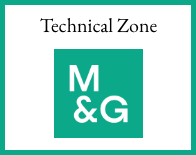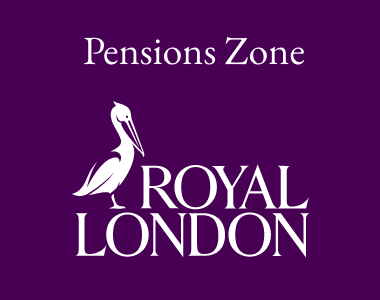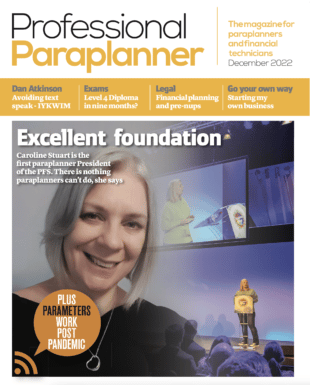The UK Government has slashed the amount that people can save in cash ISAs in an effort to drive more funds into the UK stock market.
Following mounting speculation in the run up to the Budget that the Chancellor would make changes to the ISA allowance, Rachel Reeves confirmed plans to cut the tax-free limit for cash ISAs from £20,000 to £12,000 for those aged under 65.
The cut will come into effect from April 2027 but will not apply to over-65s who will retain the full £20,000 cash allowance.
While the Chancellor has previously made clear a desire to get savers investing and help boost the economy, the news was met with mixed reviews.
Stephen McGee, chief executive of Scottish Friendly, supported the change.
He said: “It’s encouraging to see the Chancellor take steps to reduce the annual cash ISA allowance, even if we believe she could have gone further.
“The direction of travel is right, but if the Government really wants to shift behaviour and support long-term wealth creation, the cap ideally needs to be set at around £8,000.
“At that level, households would still be able to build a meaningful emergency fund but would be encouraged to invest anything above that. This is vital, as there is currently around £360 billion sitting in cash ISAs earning interest that often fails to keep pace with inflation.”
Richard Stone, chief executive of the Association of Investment Companies, also welcomed the announcement: “Cutting the cash ISA limit is a milestone towards creating a nation of investors. Combined with the planned advertising campaign, changes to risk warnings and the FCA’s targeted support initiative, it will all help people make better long-term investment decisions.
“We need a strong investment culture in the UK and it is encouraging to see the Government starting to build the foundations for this.”
However, others stressed that those using cash ISAs are generally not choosing cash as an investment but rather a vehicle to achieve short-term goals such as a house deposit while benefiting from tax-free interest.
Brian Byrnes, head of personal finance at Moneybox, said: “It is vital that the Government recognises that cash savings remain the bedrock of financial confidence and a cornerstone of financial resilience.
“A strong cash buffer is what ultimately gives people the confidence to invest over time. Sudden changes to allowances risk undermining that confidence.
“We support the Government’s ambition to encourage more people to invest for stronger long-term returns but it is widely accepted that cutting the cash ISA allowance alone will not create an investing culture. Real change requires policy stability, a clear long-term savings and investment strategy, and meaningful support for those who are less confident about investing.”
Tom Selby, director of public policy at AJ Bell, shared a similar sentiment.
“There is scant evidence the proposal to cut the cash ISA allowance from £20,000 to £12,000 will do anything to encourage retail investing. Instead, there is a real risk that the April 2027 deadline will drive more people to cash ISAs in the short term.
“The decision to exempt over 65s from the Cash ISA cut is frankly bizarre given pensioners will in the main be prioritising taking an income from their funds rather than piling in £20,000 a year. All of this adds up to massive extra complexity and friction in the ISA system, rather than the simplification Labour promised ahead of the general election.
“It is hard not to see this as a massive missed opportunity. Instead of focusing on the needs of investors by ripping down the barriers between holding cash and investing for the long term, the Government has chosen to stiffen that barrier and make the ISA system more difficult for ordinary people to navigate.”
Peter Rice, investment adviser at Moneyfarm, added: “What will be critical to the success of this, is ensuring that there is more education and information around the risks of investing so that people feel comfortable making these decisions and also knowing when they should look for expert guidance, helping them to avoid costly mistakes and high fees.”
Main image: denise-bossarte-8rEJiVQk1Vw-unsplash































